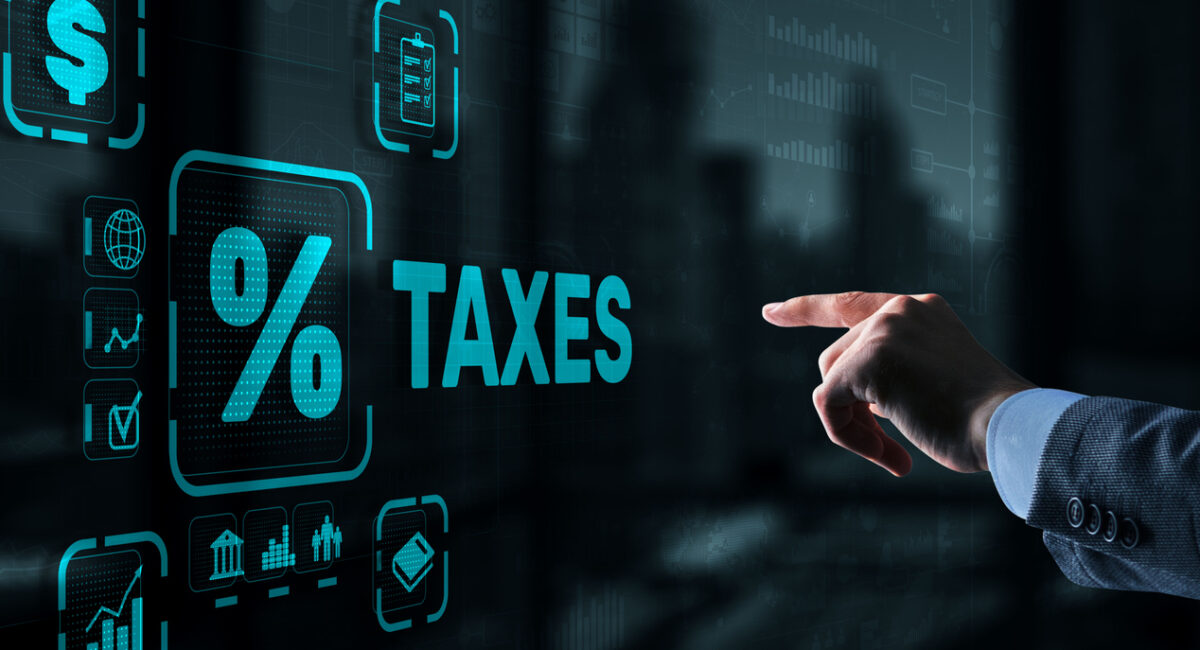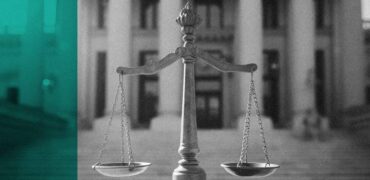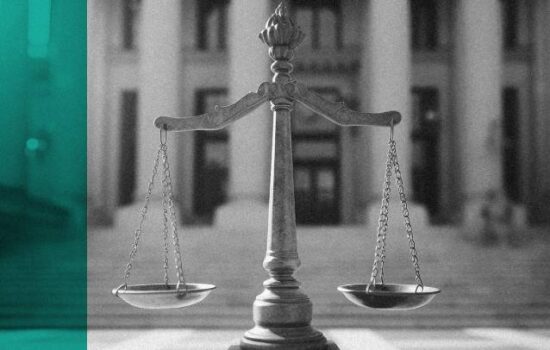Tax facilities is a real help for taxpayers in paying their tax obligations, offering them various possibilities to pay them or even get rid of them in some cases. These mechanism have been modified over the time in order to adapt to the current post-pandemic context. In this respect we recall: OUG no 6/2019, OUG no 69/2020 and OUG no 85/2022 amending and supplementing Law no 227/2015 on the Fiscal Code.
In an attempt to help taxpayers and avoid their bankruptcy, a number of tax facilities are granted, including financial restructuring and debt repayment schedule. We cannot fail to mention the changes introduced by OUG no 85/2022 concerning reverse charge operation. The need for economic support is also accentuated by the still acute effects of the COVID-19 pandemic, which requires continued aid to taxpayers.
In the following paragraphs we present some tax facilities, that are topical at this time.
In the case of debt repayment schedule, in accordance with article 184 of the Fiscal Procedure Code, the cental tax authorities grant, at the request of debtors, debt repayment schedule for a maximum period of 5 years. The debt repayment schedule is granted for the tax obligations entered in the tax certificate, if the coditions laid down by law are met.
In the post-pandemic context, the mechanism of simplified debt repayment schedule is set up to support taxpayers. The scope of simplified debt repayment schedule is broad and covers, in addition to main and accessory tax obligations, fines or budget claims established by other bodies and forwarded to the tax authorities for recovery, claims resulting from commission of criminal offences, i.e damages. At the same time, the simplified debt repayment schedule is incompatible with other tax facilities, such as financial restructuring or tax amnesty.
As for the procedure to follow in order to benefit from the simplified debt repayment schedule, this one it’s shorter and more accessible compared to the procedure of the regular debt repayment schedule. Simplified debt repayment schedule has a number of advantages, including the fact that taxpayers opting for this mechanism are not required to provide guarantee. We can also see that the time taken to process the taxpayer’s request has been reduced to 5 days, from 60 days in the previous procedure.
In regard to financial restructuring, this mechanism was initial established by OG no 6/2019. In order to benefit from this facility, companies have to meet several conditions, such as: not meet the conditions for debt repayment schedule, submit a restructuring plan and a prudent private creditor test drawn up by an independent expert, not to be in insolvency proceedings at the date of the restructuring approval, not have been dissolved and have fulfilled their declaratory obligations.
Through this mechanism the State aimed to recover debts at the lowest possible costs and without causing substantial damage to taxpayers, that would subsequently lead to bankruptcy. This facility enables them to recover and maintain or even create new jobs.
In the context of the COVID-19 pandemic, appeared the need to adapt the financial restructuring mechanism in order to mitigate as much as possible the negative effects that this pandemic had on taxpayers. Therefore, this adaptation of the aforementioned mechanism was carried out within the framework of the OUG no 85/2022.
The financial restructuring, like the rest of the tax facilities, is a “helping hand” aimed at assisting companies to pay their tax obligations. By OUG no 85/2022, financial restructuring mechanism has been adapted to the current context, which is not a good one for taxpayers still trying to recover from the COVID-19 pandemic.
Therefore, article 1 of the aforementioned OUG, provides for the possibility of restructuring the main and accessory budgetary obligations outstanding up to 31 December 2021 and not paid by the time the tax certificate is issued. This method of paying tax obligations appears necessary in order to avoid insolvency.
Compared to its predecessor, OG no 6/2019, we note that there has been an expansion of the scope of tax and budgetary liabilities, that can give rise to the right to benefit from the facility established, more specifically, the budgetary liabilities outstanding on 31 December 2021 have been included. By budgetary liabilities for which the financial restructuring can be obtained, we mean both the amounts of enforceable titles on file with the tax authorities, as well as principal and accessory budgetary obligations established by bodies other than the tax authorities, and fines of any kind sent for recovery to the central tax authorities after 1 January 2022 and up to the date of issue of the tax certificate.
Another change introduced by OUG no 85/2022 in the field of financial restructuring is the extension of the deadline by which taxpayers can announce their intention to benefit from the procedure. Interested parties can therefore notify the authorities until January 2023 and applications for restructuring can be submitted until July 2023.
Another tax facility, the reverse charge operation, has also been modified by OUG 85/2022. According to Fiscal Procedure Code, reverse charge is the tax operation whereby the recipient, and not the supplier, of a supply of goods or services becomes liable to pay TVA on the purchase of good or services. This mechanism is the exception to the general rule that the person liable to pay TVA is the supplier of goods or services.
The change is to extend the reverse charge mechanism to 8 types of transactions:
- Supply of cereals and technical plants, including oilseeds and sugar beet
- Transfer of transferable greenhouse gas emissions allowances
- Delivery of electricity to a taxable trader, established in Romania
- Transfer of green certificates
- Supplies of mobile telephones and other devices manufactured or adapted for use in connection with an authorized network and operating on certain frequencies, whether or not they have any other use
- Deliveries of devices with integrated circuits, such as microprocessors and central processing units, prior to their integration into end-user products
- Supplies of game consoles, tablets PCs and laptops
- Supply of natural gas to a taxable dealer established in Romania
The mechanism can therefore be used until 30 December 2026, although it was originally regulated until the end of June 2022. The adaptation of the measure follows the transposition into the national law of Council Directive nr. 890 of June 2022. This Directive amended its predecessor, Directive 2006/112/CE, as regards the optional reverse charge mechanism.
In conclusion, there is a real interest on the part of the authorities to support taxpayers in order to limit the opening of inolvency proceedings. This attempt has given rise to the aforementioned tax facilities, which taxpayers can benefit from in case of need. Both debt repayment schedule, financial restructuring and reverse charge are real tax facilities when it comes to paying your obligations, expecially in the post-pandemic period.
This article was drafted, for the Costaș, Negru & Asociații – Lawyers’ Civil Partnership blog, by Atty. Loredana Maria Feier, affiliated to the Cluj Bar Association.
Costaș, Negru & Asociații is a lawyers’ civil partnership with offices in Cluj-Napoca, Bucharest and Arad, providing legal assistance, representation and consultancy in a number of practice areas with a team composed of 16 lawyers and consultants. Details regarding legal services and the members of the team can be found on the website https://www.costas-negru.ro. All rights for the materials published on the company’s website and on social media belong to Costaș, Negru & Asociații, their reproduction being allowed only for information purposes and with the correct and complete disclosure of the source.













